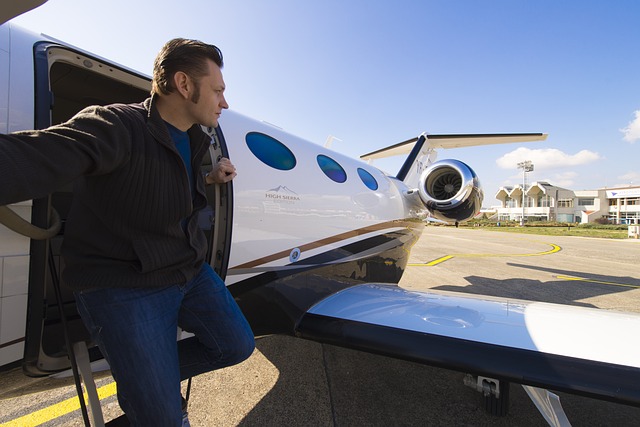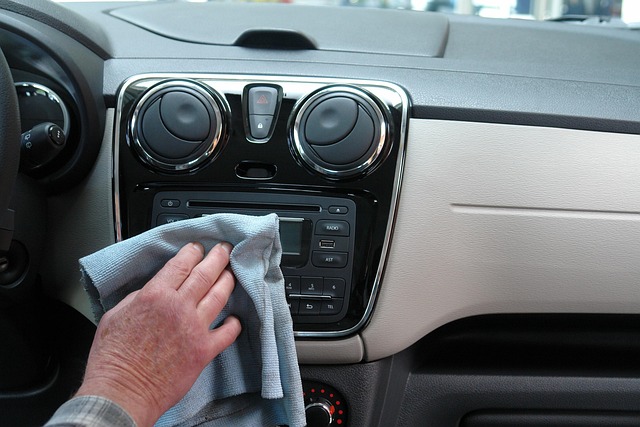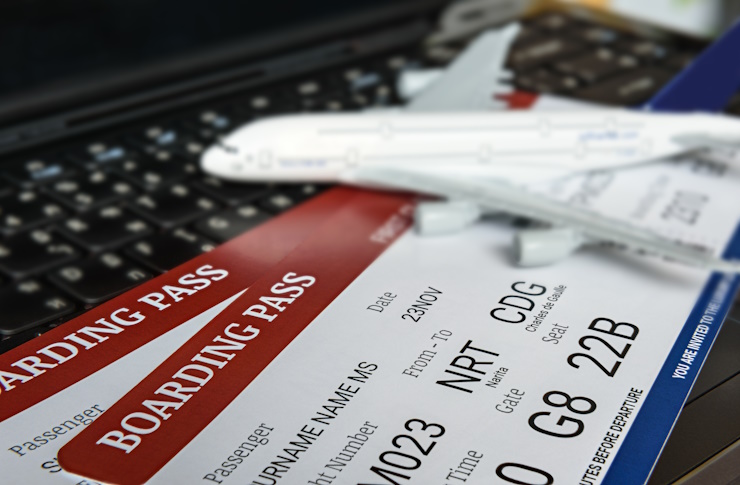The True Cost of Flying Private
Private aviation is no longer reserved only for billionaires — today, entrepreneurs, executives, and even leisure travelers are increasingly exploring the option of chartering a private jet. Costs, however, vary widely depending on the aircraft type, flight distance, and level of luxury. In 2026, hourly rates are expected to range from mid-size jets starting around a few thousand dollars per hour, to long-range aircraft that can exceed tens of thousands per flight hour. Understanding these price ranges helps travelers decide whether private jet travel is a practical solution for convenience, flexibility, and comfort.

What Determines Private Jet Prices
Private jet prices vary dramatically based on several key factors. Aircraft size plays the primary role, with light jets typically costing less per hour than heavy jets or ultra-long-range aircraft. Flight distance, fuel costs, crew expenses, and airport fees all contribute to the final price. Seasonal demand also affects pricing, with peak travel periods like holidays and major events commanding premium rates. Additionally, last-minute bookings often carry surcharges, while advance planning can sometimes secure better rates.
The geographic location and popularity of your departure and destination airports influence costs significantly. Flying between major metropolitan areas with high private jet traffic typically offers more competitive pricing than remote destinations requiring repositioning flights.
Aircraft Models and Their Cost Implications
Different aircraft models cater to varying budget ranges and passenger requirements. Light jets such as the Cessna Citation Mustang or Embraer Phenom 100 accommodate 4-6 passengers and offer the most economical private flying option. Mid-size jets like the Hawker 800XP or Citation XLS provide greater range and comfort for 6-8 passengers at moderate pricing.
Heavy jets including the Gulfstream G450 or Bombardier Challenger 605 deliver transcontinental capabilities with luxury amenities for 8-14 passengers but command premium rates. Ultra-long-range aircraft such as the Gulfstream G650 or Bombardier Global 7500 represent the pinnacle of private aviation with intercontinental reach and hotel-level accommodations, resulting in the highest operational costs.
The specific model within each category affects pricing based on fuel efficiency, maintenance requirements, and market demand. Newer aircraft models typically cost more to charter but offer enhanced reliability and modern amenities.
How Aircraft Year Affects Operating Costs
The manufacturing year of a private jet significantly impacts both charter rates and ownership costs. Newer aircraft generally command higher charter prices due to advanced avionics, improved fuel efficiency, and enhanced passenger comfort features. Modern jets often include updated safety systems, quieter cabins, and better connectivity options that justify premium pricing.
Older aircraft models may offer more attractive hourly rates but can present hidden costs through increased maintenance requirements, lower fuel efficiency, and potential reliability issues. Aircraft age also affects insurance premiums, with newer jets typically qualifying for better coverage terms. However, well-maintained older aircraft from reputable manufacturers can provide excellent value for cost-conscious travelers willing to compromise on the latest amenities.
The depreciation curve varies by manufacturer and model, with some aircraft holding their value better than others. This factor becomes crucial for those considering fractional ownership or jet cards tied to specific aircraft types.
| Aircraft Category | Example Models | Typical Hourly Rate | Passenger Capacity |
|---|---|---|---|
| Light Jets | Citation Mustang, Phenom 100 | $2,500 - $4,000 | 4-6 passengers |
| Mid-Size Jets | Hawker 800XP, Citation XLS | $3,500 - $6,000 | 6-8 passengers |
| Heavy Jets | Gulfstream G450, Challenger 605 | $5,500 - $8,500 | 8-14 passengers |
| Ultra-Long Range | Gulfstream G650, Global 7500 | $8,000 - $12,000 | 12-18 passengers |
Prices, rates, or cost estimates mentioned in this article are based on the latest available information but may change over time. Independent research is advised before making financial decisions.
Hidden Costs and Additional Expenses
Beyond the base charter rate, numerous additional costs can substantially increase your total expense. Fuel surcharges fluctuate with market conditions and can add 10-20% to your bill during periods of high fuel prices. Crew expenses including overnight accommodations, meals, and positioning fees apply when flights require crews to stay away from their home base.
Airport fees vary significantly by location, with some exclusive destinations charging substantial landing and handling fees. Catering, ground transportation, and special requests like Wi-Fi or entertainment systems often carry additional charges. International flights incur customs and handling fees, while some aircraft require specific permits for certain destinations.
Empty leg repositioning can create unexpected costs when your departure or arrival airport requires the aircraft to fly without passengers to reach its next assignment. However, travelers can sometimes access discounted empty leg flights when their schedule aligns with these positioning flights.
Ownership Versus Charter Cost Analysis
Aircraft ownership involves substantial upfront capital investment plus ongoing operational expenses that extend far beyond flight hours. Purchase prices range from $3 million for light jets to over $70 million for ultra-long-range aircraft. Annual fixed costs including insurance, hangar fees, crew salaries, and maintenance reserves typically equal 10-15% of the aircraft’s value regardless of usage.
Fractional ownership programs offer middle-ground solutions, requiring smaller initial investments while providing guaranteed aircraft access. Jet cards represent another alternative, allowing passengers to prepurchase flight hours at fixed rates with various aircraft categories. Charter flights provide maximum flexibility with no ownership responsibilities but offer less control over aircraft availability during peak periods.
The break-even point between ownership and charter varies by individual usage patterns, with frequent flyers often benefiting from ownership models while occasional users find charter more economical.
Flying private involves complex cost structures that extend well beyond advertised hourly rates. Smart travelers research all potential expenses, compare different aircraft options, and consider their long-term travel patterns when evaluating private aviation solutions. Understanding these comprehensive costs enables informed decisions that align with both budget constraints and travel requirements.




